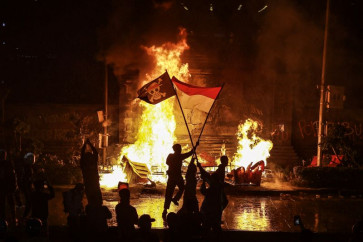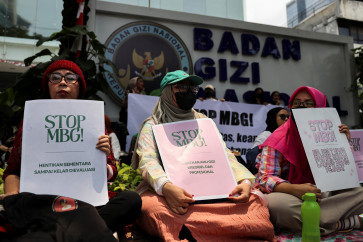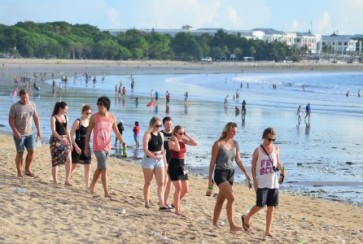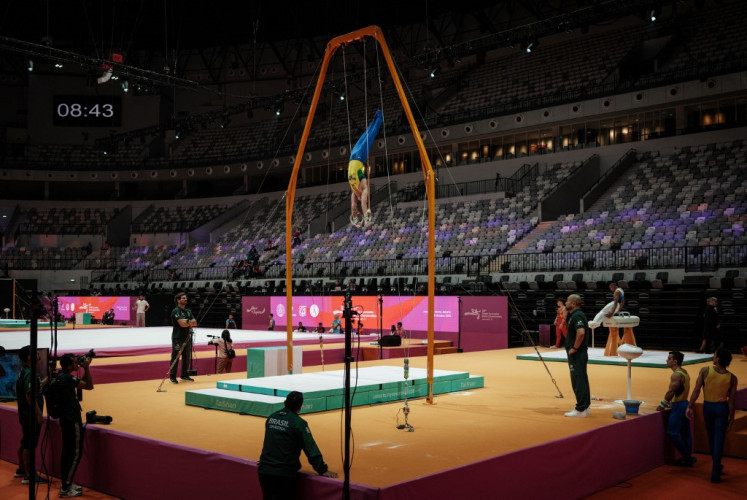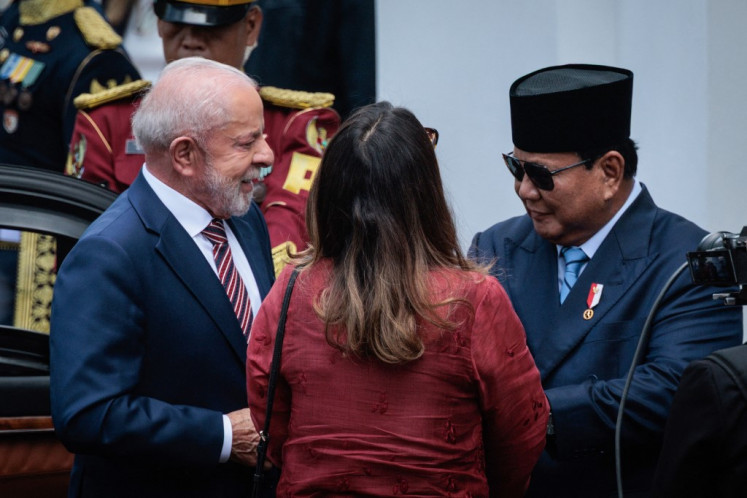Popular Reads
Top Results
Can't find what you're looking for?
View all search resultsPopular Reads
Top Results
Can't find what you're looking for?
View all search resultsEast Java explores geothermal energy resources
Companies in East Java have begun to explore geothermal to help deal with a limited supply of gas while others turn to alternative energy resources
Change text size
Gift Premium Articles
to Anyone
C
ompanies in East Java have begun to explore geothermal to help deal with a limited supply of gas while others turn to alternative energy resources.
Among the companies interested in geothermal is Medco Power Indonesia, a subsidiary of PT Medco Energy International, which is scheduled to invest US$35 million in geothermal exploration at Ijen crater, Bondowoso, East Java, next year.
The company’s power, mining and downstream chief operating officer Budi Basuki said that the next immediate task was to find out the heat level and check the amount of energy resources at the crater.
“We have an estimate that the crater has the potential to produce 2x55 megawatts of electricity,” said Budi, adding that the exploration activity would require three years at the longest to complete.
Apart from Ijen crater, East Java has 11 other geothermal resource sites including Ngebel in Ponorogo regency that is estimated to be able to produce 1,100 megawatts of electricity, one in Sumenep regency, two in Pacitan regency, and others in the Songgoriti mountain range in Batu, Malang regency, and in Gunung Pandan in Madiun regency.
Other companies, like PT Semen Gresik, have been using rice husks and agricultural waste as alternative energy resources to substitute for coal since 2009.
The company’s president director Dwi Soetjipto said the measure was taken partly to reduce the steadily increasing production costs resulting from the rising price of coal.
He said the company had been using 200-250 tons of alternative fuels annually.
Thanks to the use of alternative energy, Dwi said that the company has also been enjoying an increase in profits. Last year, for example, its profit increased from Rp 3.3 trillion in 2009 to Rp 3.4 trillion in 2010.
Separately, East Java Governor Soekarwo said that in a bid to
help deal with a limited supply of gas, the provincial administration in September is to cooperate with other countries including Brunei Darussalam, Qatar and some Middle Eastern countries to supply additional gas.
“We also urge the central government to give priority to the domestic market as at the moment the country is in dire need of gas, the central government keeps exporting gas,” Soekarwo said.
The gas supply for East Java has indeed been very limited; of its annual need for 893 million standard cubic feet per day (mmscfd) of gas, only 488 mmscfd has been provided. This has forced over 100 companies in the province to switch to coal, which is more expensive than gas.
“Such a switch increases production costs,” Soekarwo said.
He added that limited gas supply has caused a decrease in the province’s industrial growth.
Data from the Association of Indonesian Employers says that there are 326 factories in 22 industrial sectors nationwide that need a gas supply of between 2,798 and 3,283 MMSCFD until 2015. They are spread throughout 15 provinces.


